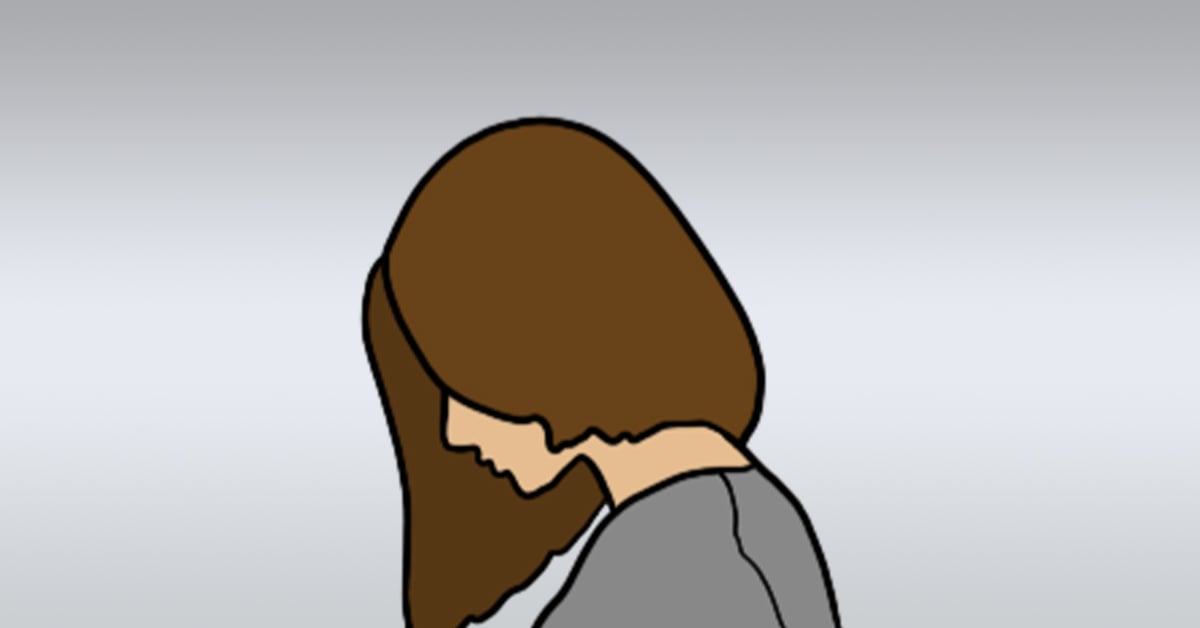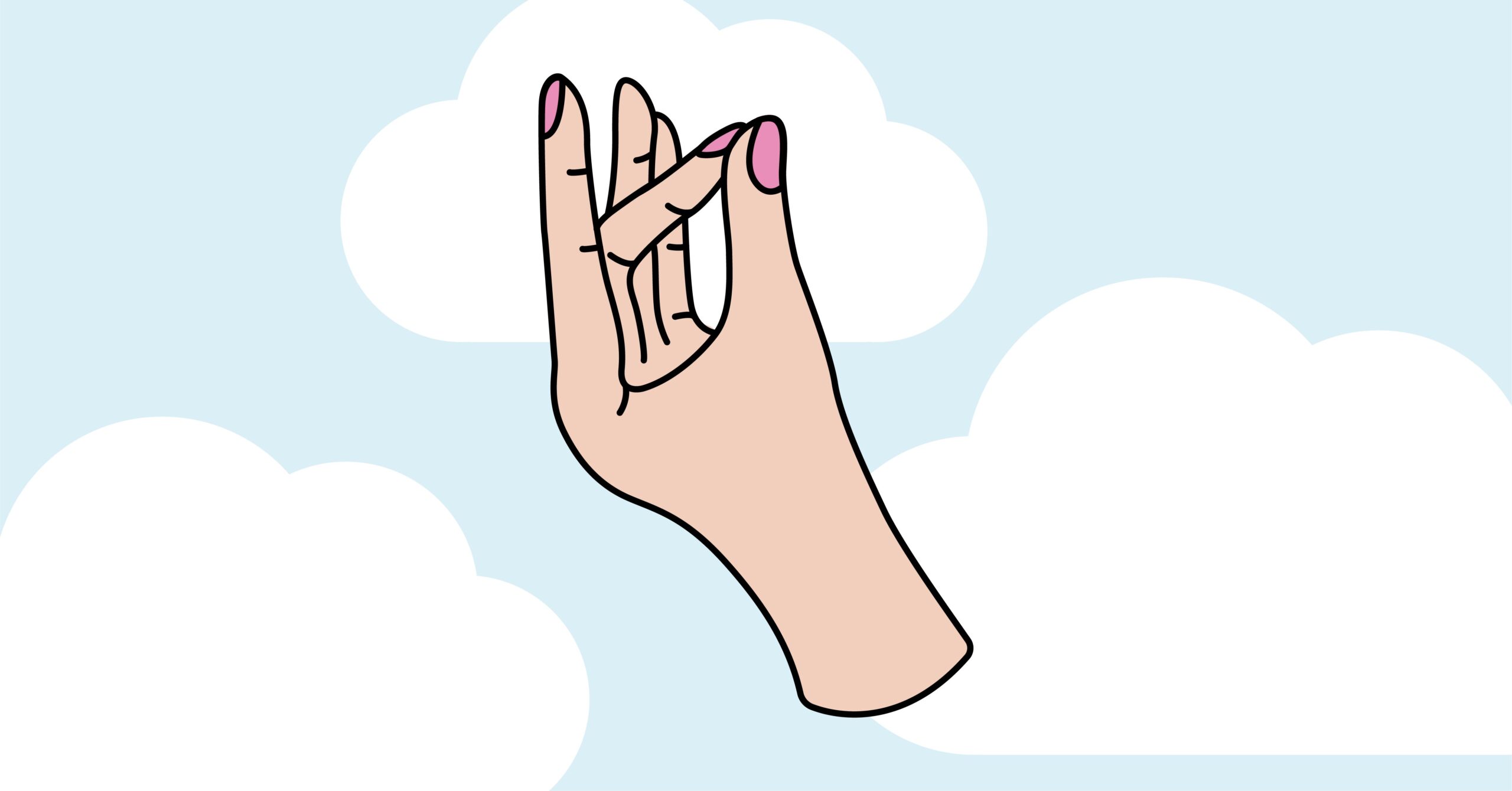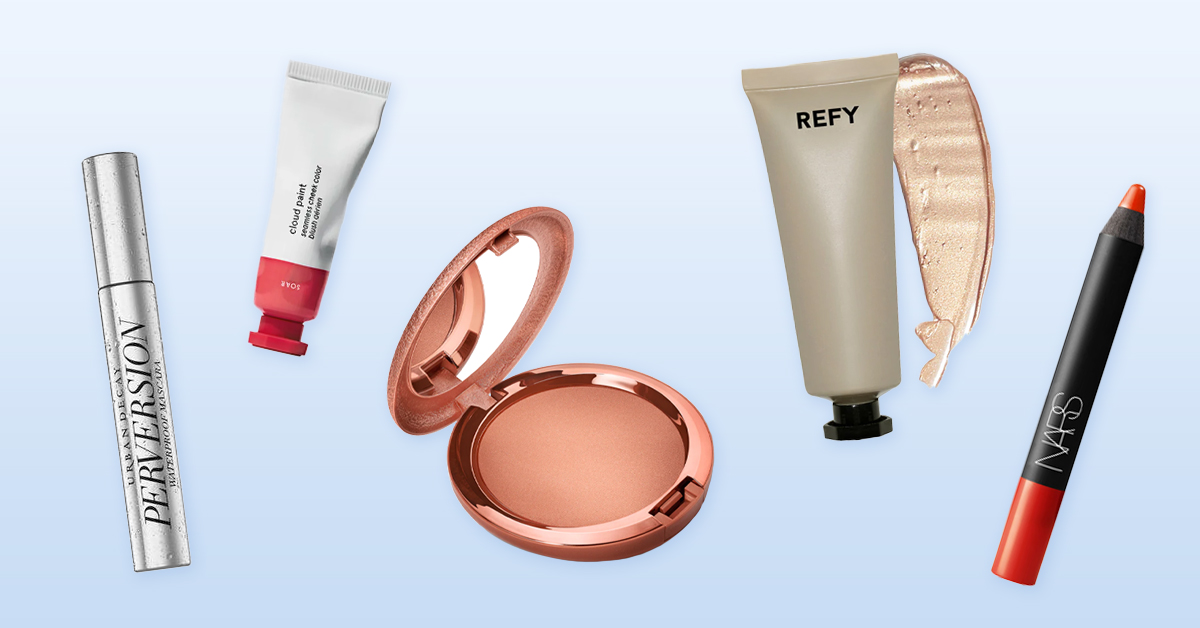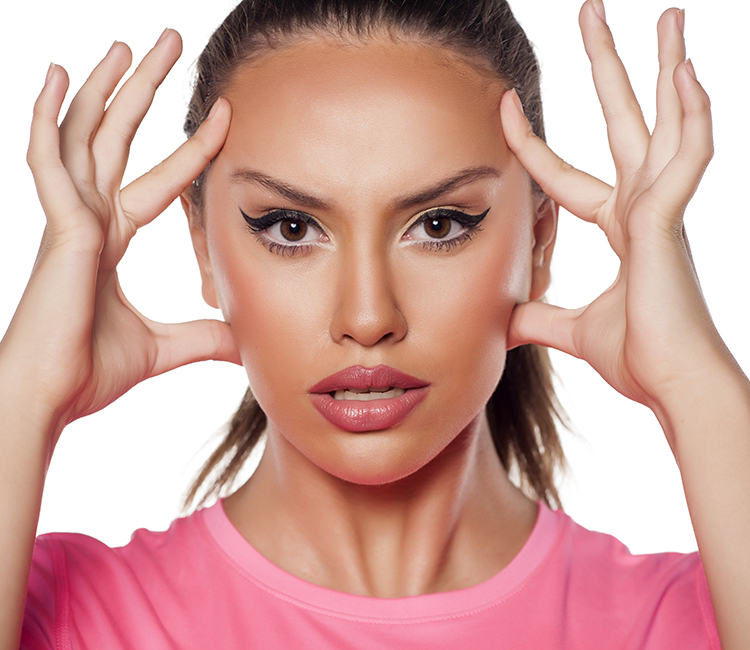How SAD can affect you in the summer
You’re probably familiar with seasonal affective disorder, nicknamed “the winter blues.” It’s a disorder occurring during only the fall and winter months whose symptoms mirror those found with depression due to less light. But did you know that reverse seasonal affective disorder can occur during the spring and summer months?
Summertime SADness
For most people, spring and summer are all about sunshine, beach trips, and basically being outside as much as possible. But, for a small percentage of people, the warmer months trigger temporary seasonal depression. Vastly under-researched, reverse seasonal affective disorder, otherwise known as summer seasonal affective disorder, affects around one percent of Americans compared to between 5 and 10 percent with seasonal affective disorder. It tends to be more common in the sunny, hot south than in the north.
There are a few theories as to why summer seasonal affective disorder exists. One such theory postulates that everyone faces challenges adapting to a shifting environment, whether that’s going from summer to fall or winter to spring. Some people with depression in winter need more light, whereas others might get overwhelmed by too much heat or light during the summer, interfering with their adaptive mechanisms. While most people think that sunlight is good and darkness is bad, the truth is we need both of these phases of the day to get our internal clocks working as they should. If you have too much of one or can’t adapt to one, you can develop seasonal affective disorder.
These are summer SAD symptoms
Summer seasonal affective disorder symptoms are similar to seasonal affective disorder ones, but there are some differences. Both have the same symptoms as clinical depression — low mood, along with loss of interest and engagement in things you usually enjoy. Summer seasonal affective disorder is triggered by either sunlight or heat. People with seasonal affective disorder typically tend to oversleep, experience appetite changes, and feel sluggish. But those with summer seasonal affective disorder are full of energy but in an agitated way. They may have diminished appetites, don’t sleep as well, and are at higher risk of suicide.
How can you tell if you have summer SAD?
If you feel more down in the summer, assess whether you feel more agitated when it’s really hot or sunny outside, feel significantly happier being indoors, and feel upset by bright light even in the winter.
The first step to treating summer seasonal affective disorder is going to a therapist. Even a therapist who treats clinical depression can help. Antidepressants are excellent treatment options, along with cognitive behavioral therapy. Remember that summer doesn’t have to be the best season ever, and there are ways to cope.
















